The Power of Colors: White Interior Design Tips

White is one of the most popular and powerful colors used in interior design. Not only is it a blank canvas to build upon and add standout details, but white also symbolizes spaciousness and wholeness.
White doesn't have to be a boring choice - there are hundreds of different shades of white. Although white is typically associated with minimalism, you don't have to reduce your aesthetic to benefit from its style. Here's why the achromatic color is a timeless classic when renovating your home:
The Illusion of Space with White Interior Design

White's properties mean that it fully reflects visible light wavelengths, which helps expand spaces and their dimensions. White is normally used as a non-clashing wall palette and on furniture and floors, it can give the illusion of more space. Likewise, white can open up areas that are cramped like hallways and nooks, or above door frames and windows, allowing more natural light to be reflected.
Another benefit of white is that it can be a base for flexibility - its neutrality enables foldaway desks, extendable lamps, and hidden storage compartments to not be disruptive. Instead, white establishes a chic look no matter the physical size of a space, and when warm shades of white are combined with soft lighting, they create a roomy, welcoming ambiance.
A great trick is to use LED lighting to accentuate white colors in your home. Try placing the lights underneath your stairs and transforming them into a glowing ascension.
How to Use White for Function and Purpose in Every Room

White can convey a function or meaning within a room. For example, white is a staple in bathrooms as it represents purity and cleanliness; and of course, a statement white bath is a must-have.
Elsewhere, in the lounge or kitchen, monochrome elements can infuse some personality into a whitewashed space, making it appear more modern. Play around mixing white with technology like silver lamps and a black wall-mounted TV for a sleek result. Hanging photos and prints on the wall in white frames are fashionable at the moment too - the images can follow the white theme or be something more daring that clashes.
In children's rooms and creative spaces like an office, white with pastel colors are a fun way to liven things up. Alternatively, an accent wall in between solid white always has a striking effect.
Want to go deeper into how colors impact mood and space? Check out our guide on Enhancing Your Home’s Interior Design With Color Psychology for ideas that go beyond white.
Why White Interior Design is the Ultimate Base for Creativity

Texture is important when designing with white. A simple way to add layers is by incorporating different shapes - for example, cube shelves with oval tables and linear furniture. An oversized white light shade is equally a brilliant finishing touch because it gives depth and central focus to a room.
If you're concerned about saturating your home with white, invest in wooden flooring. The earthy tones of wood complement white well and help generate a natural feeling. Another corresponding material is marble, which is subtly white so blends perfectly with a white color scheme. In kitchens, marble is ideal for countertops, or if you're brave enough, a marble-patterned wall is very on-trend.
Any opportunity to include dashes of color in your home should be welcomed, as they stand out even more against a white backdrop. Experiment with bold, block colors for pieces like plant pots, groceries, and rugs which will inject some extra character in a room. For an even bigger injection, a single concrete or brick wall brings an industrial flair to a white-dominated space.
There's a reason why white is repeatedly used in all sorts of interior design concepts - it works! Many people are hesitant to commit to white because it requires a little extra maintenance in terms of stain prevention, but it's worth the hassle for the polished finish.
Remember, whether celebrity style, cozy couture, or an architect aesthetic, white is far more versatile than it may first appear.
Ready to put these white interior design ideas into action? Download the DecorMatters app to experiment with layouts, test color combos, and design your dream space in minutes. Whether you're redecorating or starting fresh, it's all at your fingertips.
UP NEXT: 10 Eye-Catching Colors to Transform Your Home Decor Today: Interior Design Color Trends
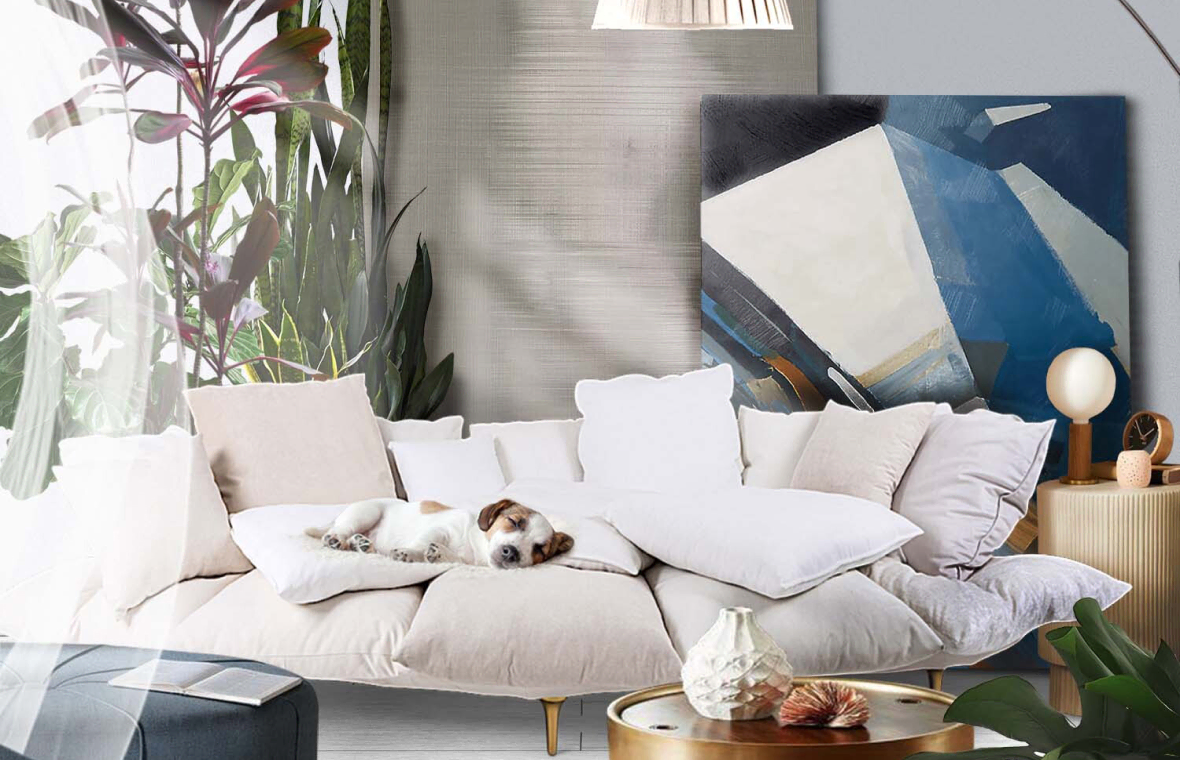
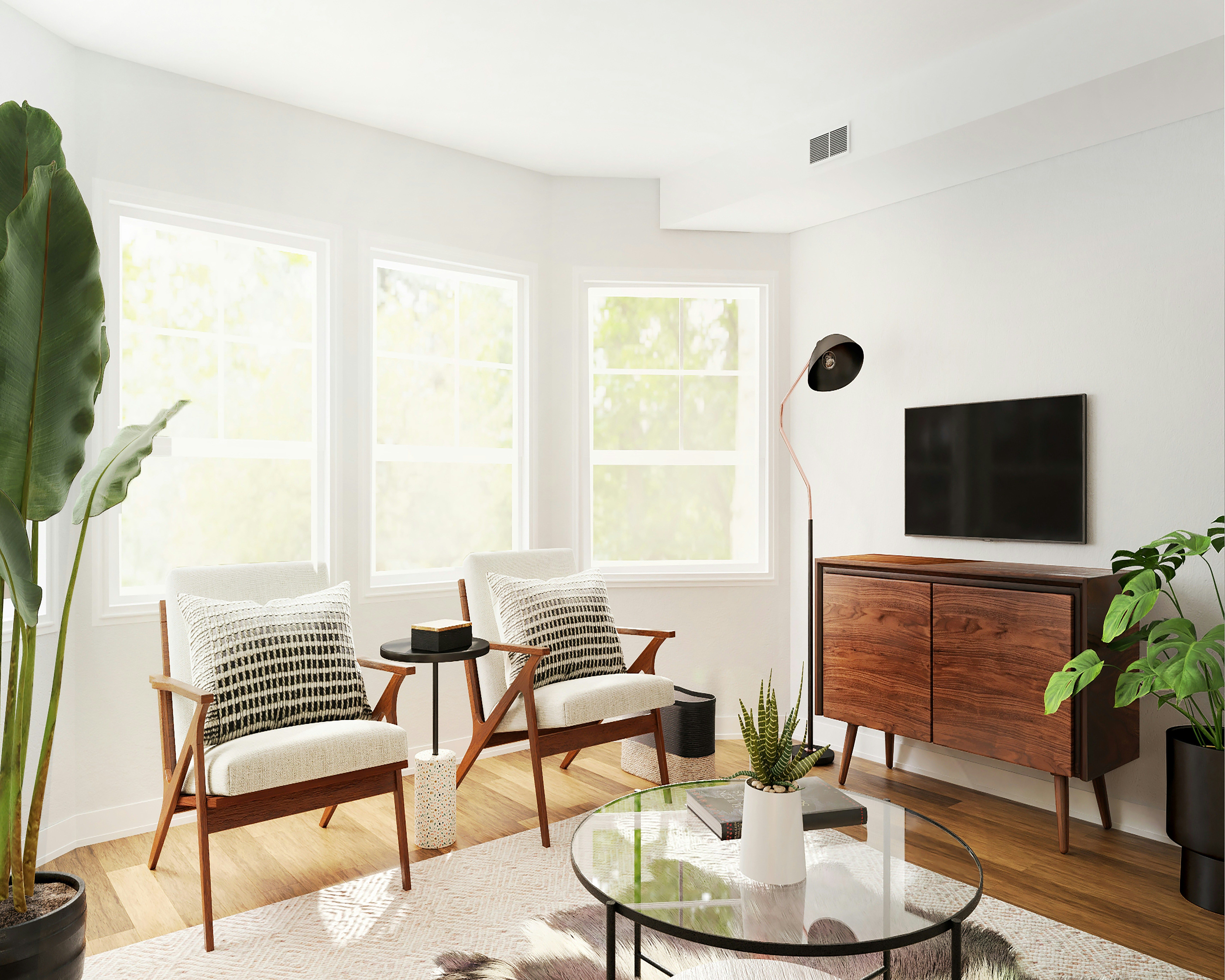
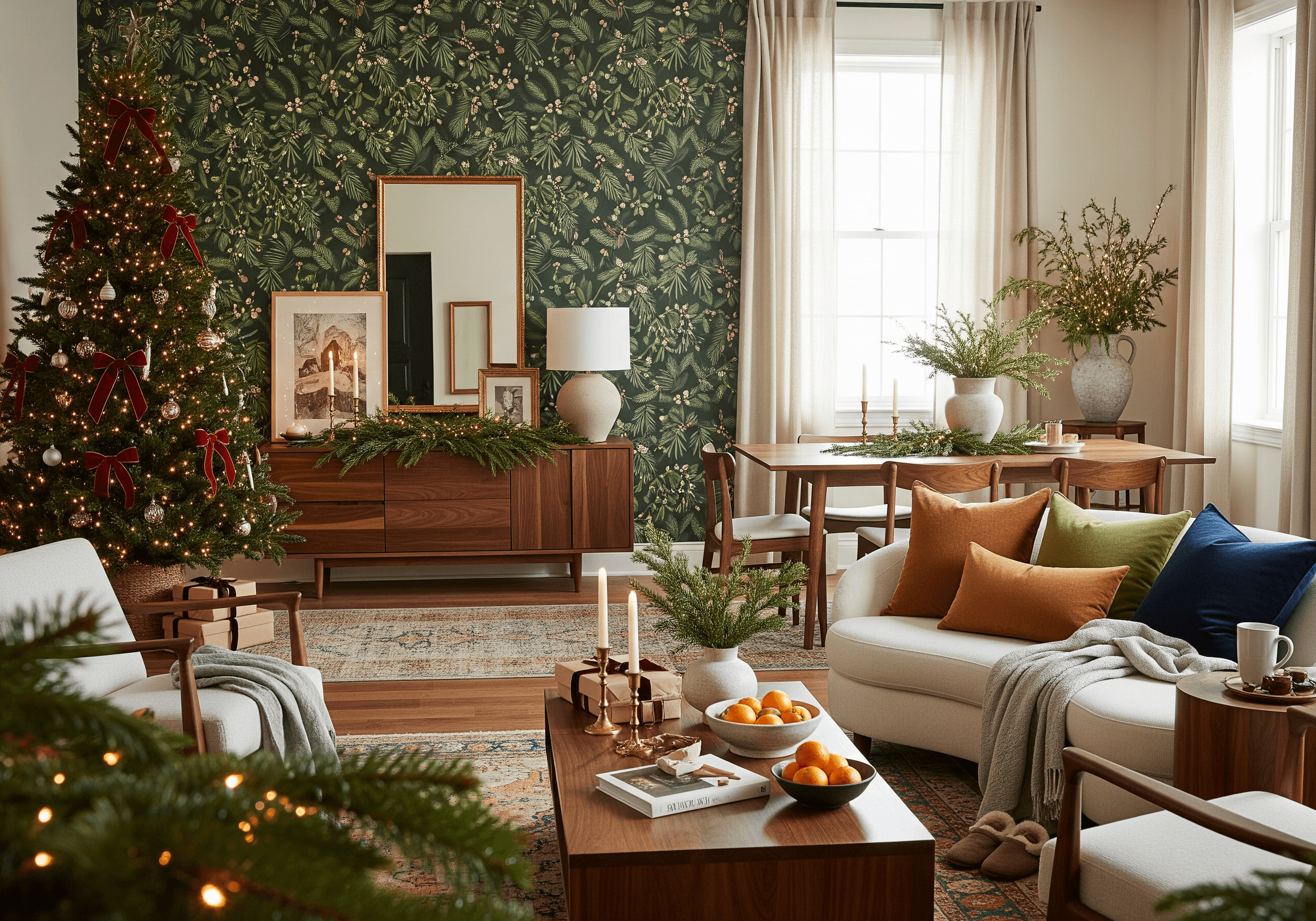
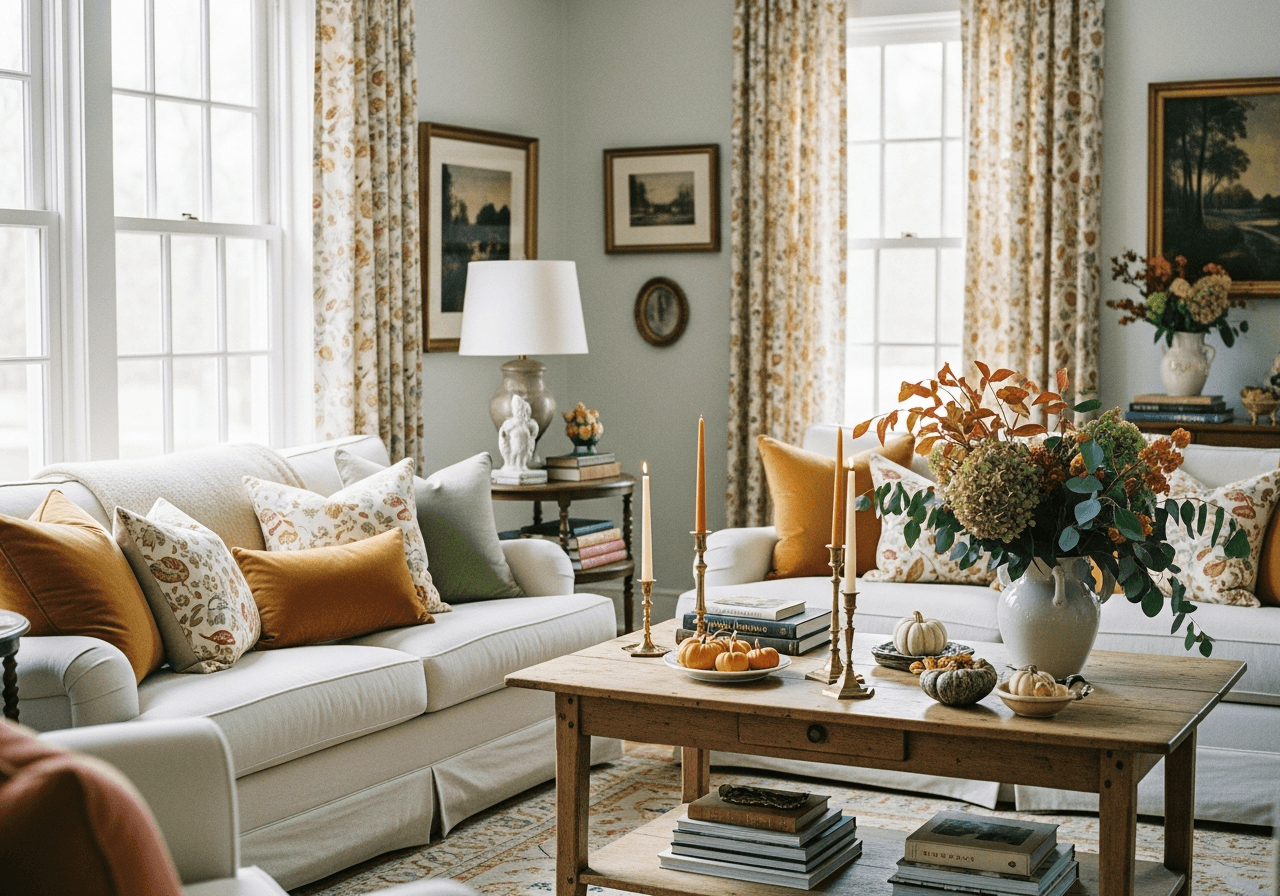
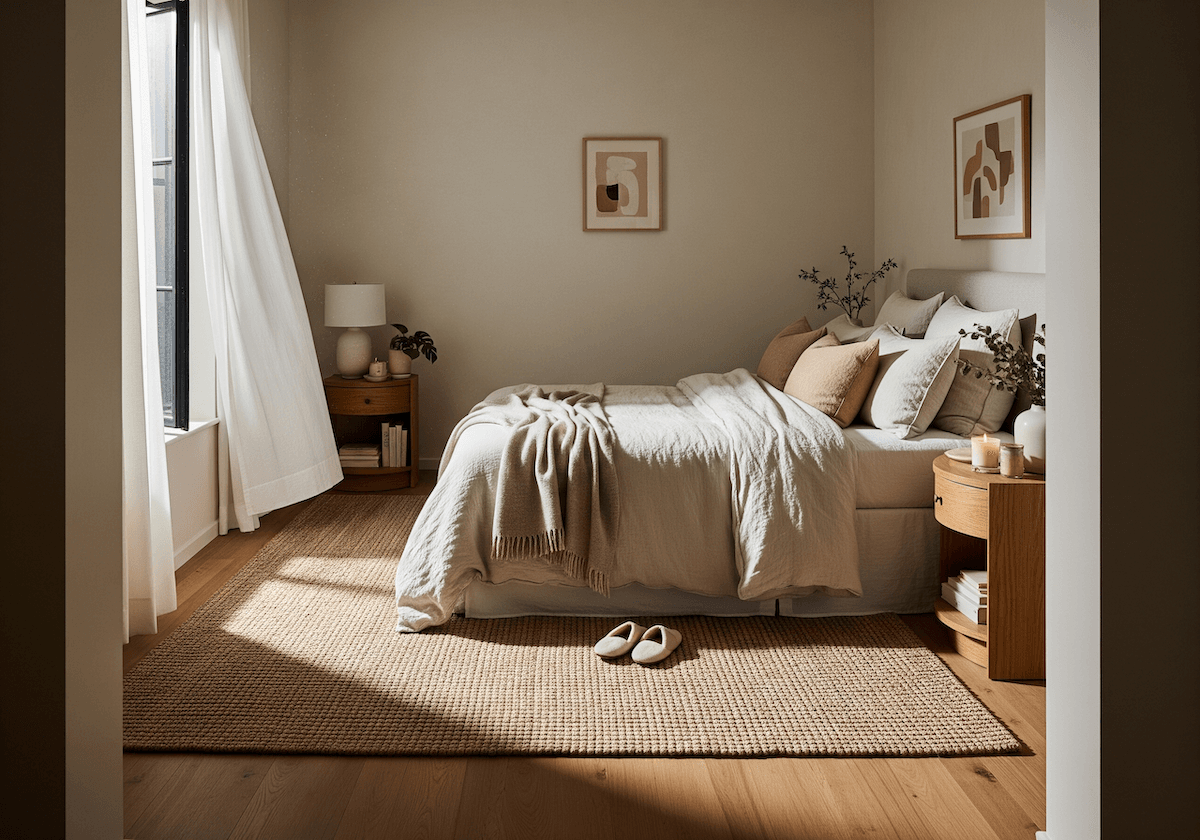

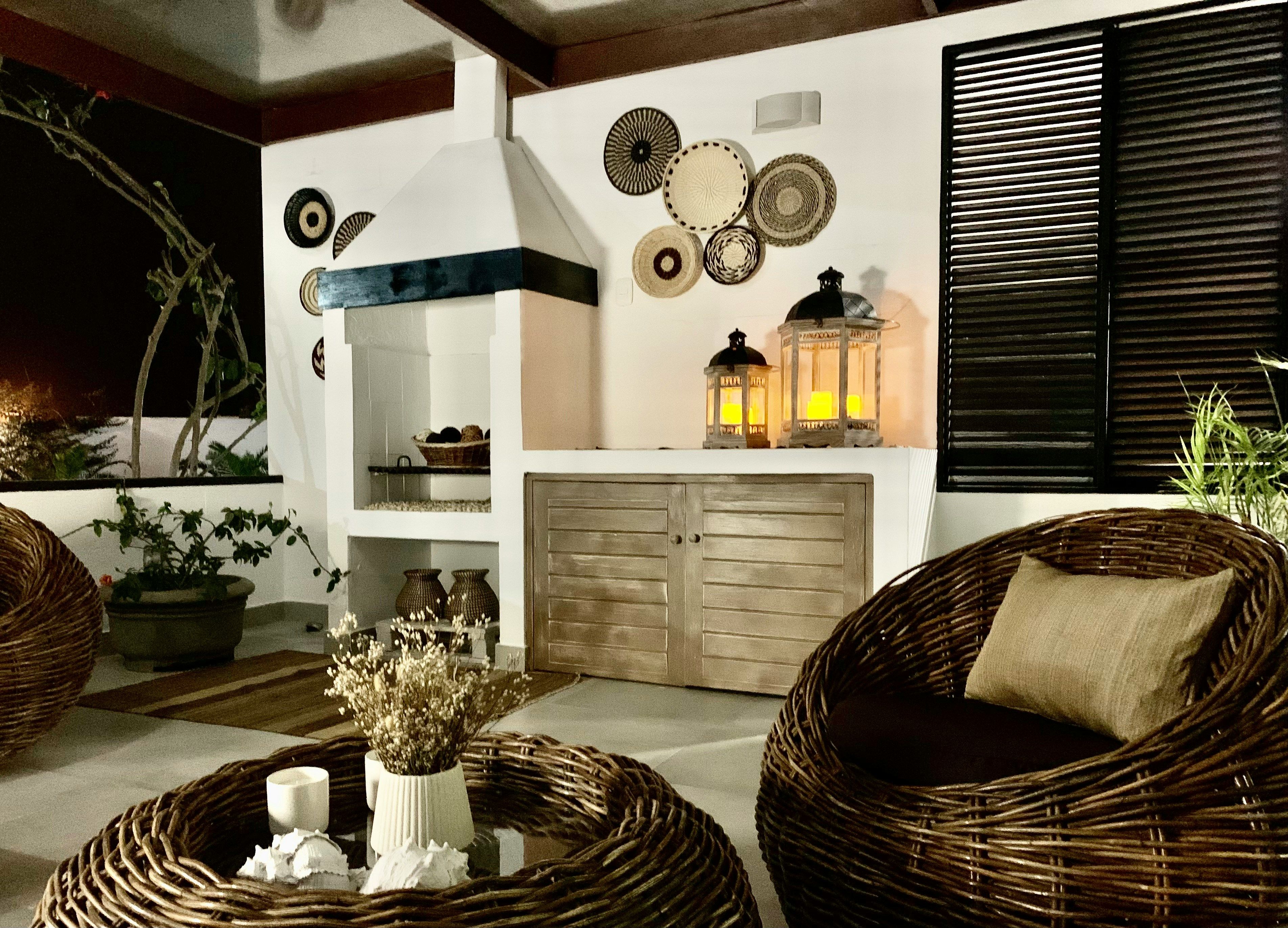


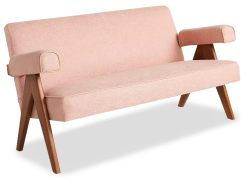

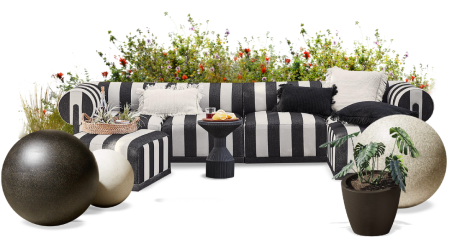
 20h left
20h left




